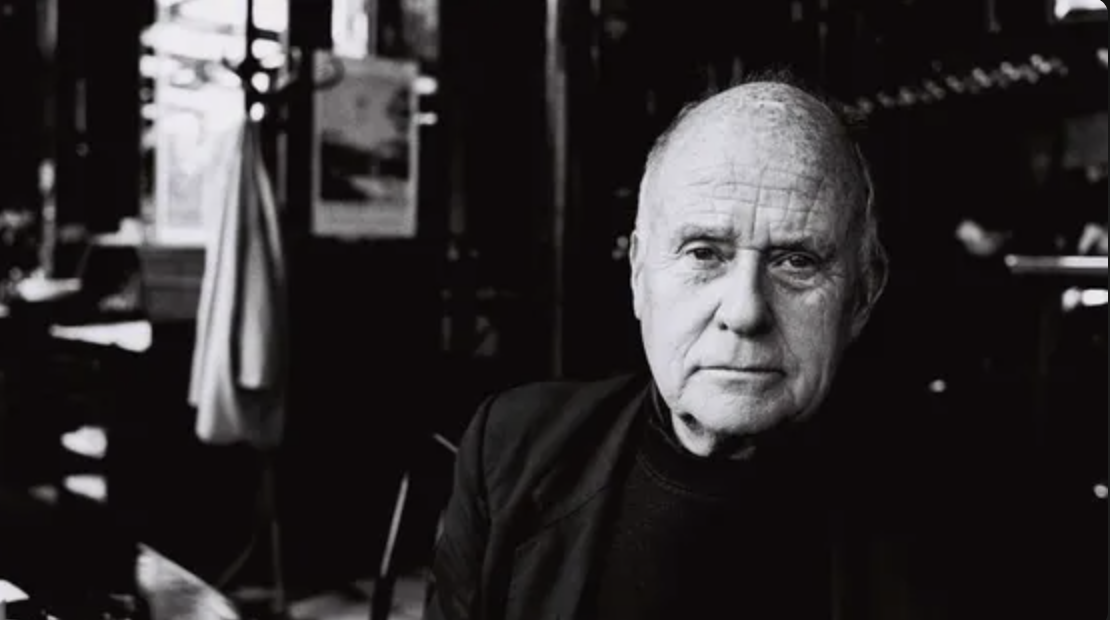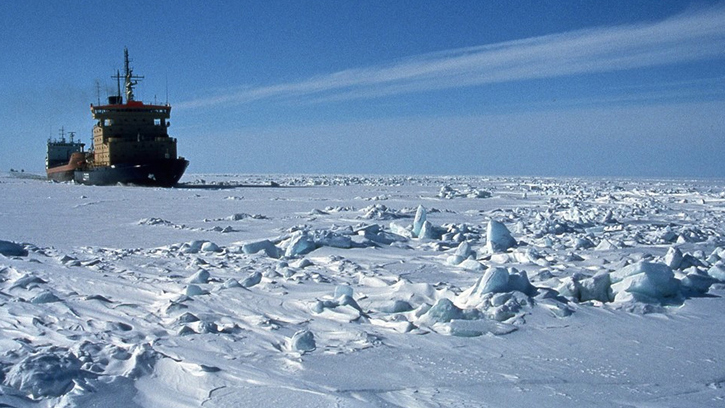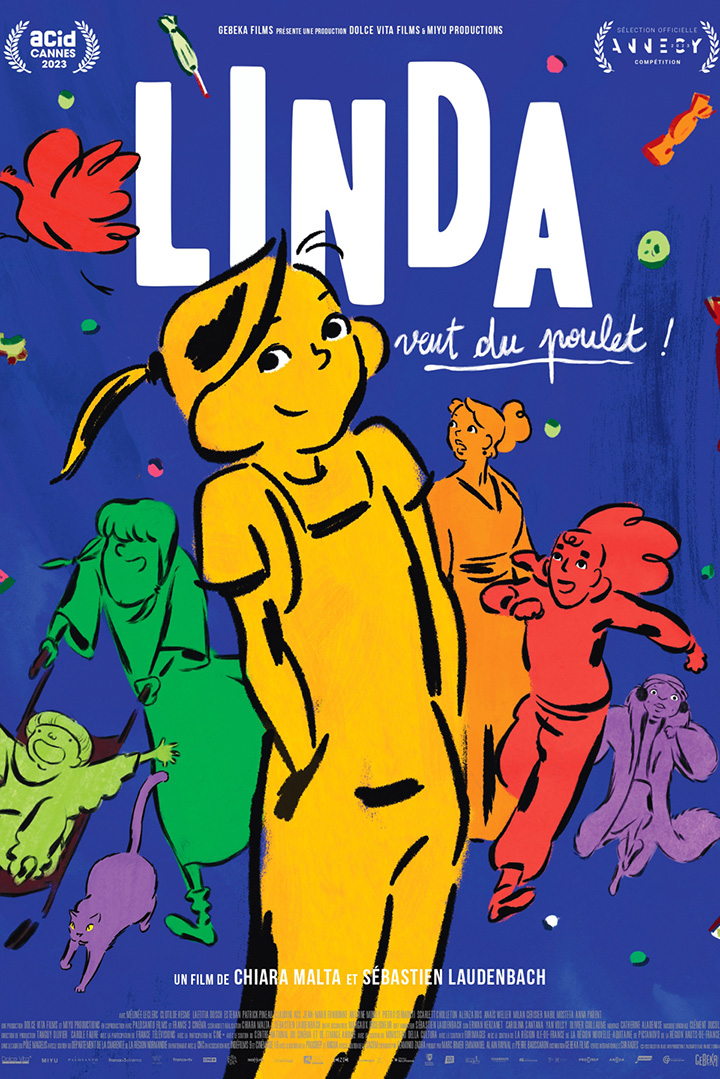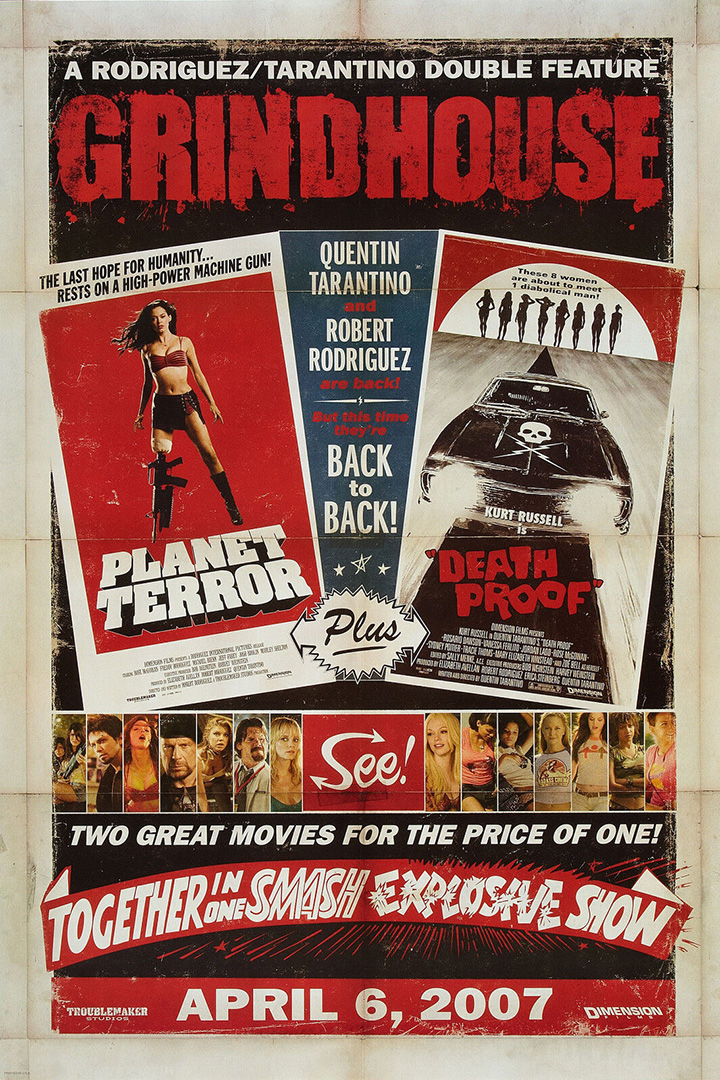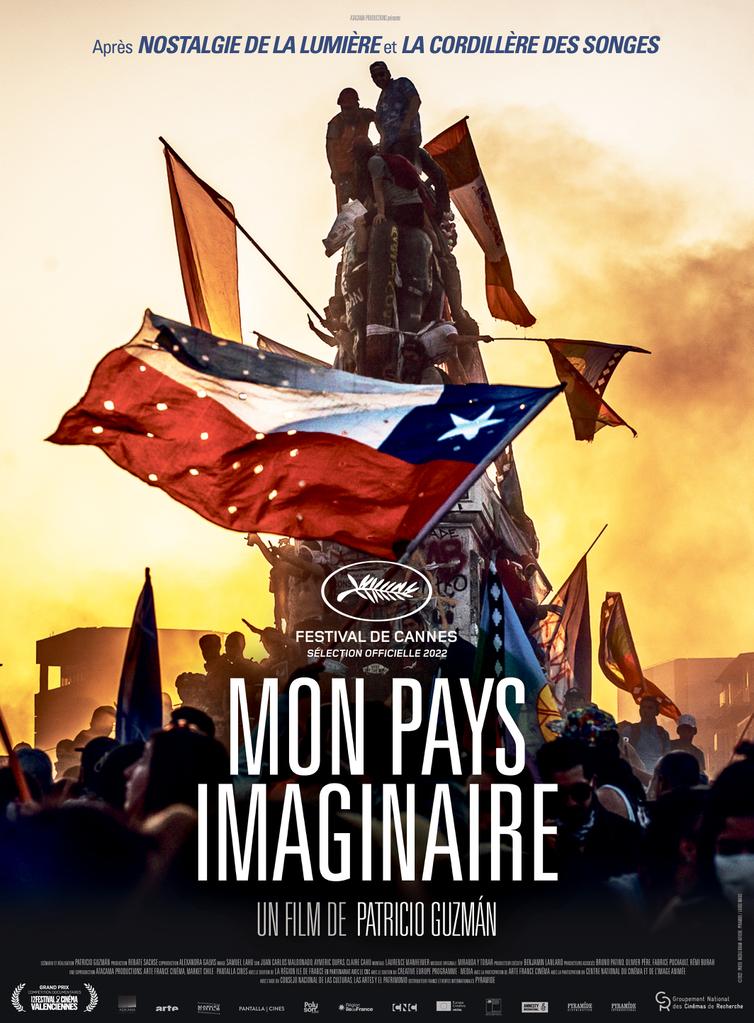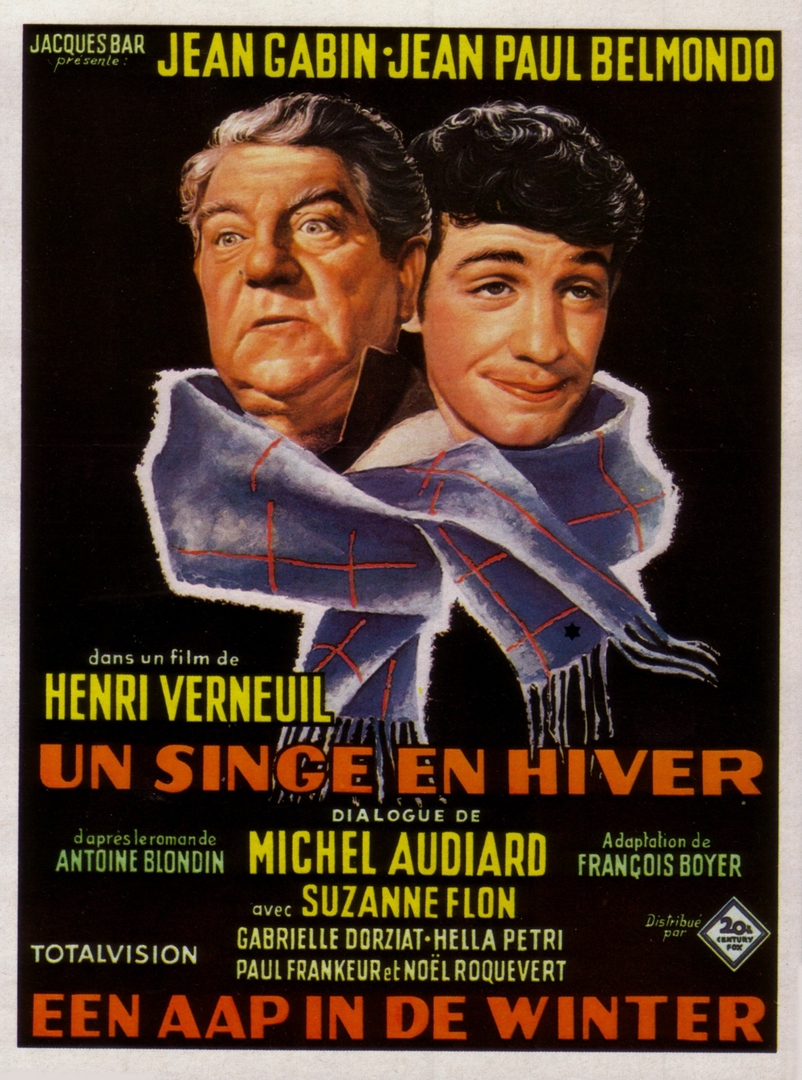Brise-Glace
Since the beginnings of the Septième art, French pioneers have left their marks, weaving a privileged bond between the history of this medium and the cinematography of their country, that has never been denied over the decades. This recurring cycle aims to remind to film lovers, some of the treasures of this heritage, preserved in the collections of the Cinémathèque.
Beyond a film, Brise-Glace is in 1987 the first media composition, construction of 3 original works made on the Swedish icebreaker Frej, and involving the main means of expression. "Bateau Givre" by Jean Rouch (35'), carries the principles of direct cinema. Rouch discovers in his camera, without the artifice of a commentary, without the help of a third language, the work and the days of the icebreaker and the men who serve it. "Hans Majestäts Statsisbrytaren Frej" by Titte Törnroth (20'), offers a second approach, where the characters, who have acquired a mysterious presence with Rouch, evoke their work, their emotions, in their activities as well as in their moments of relaxation. This film answers the questions left unanswered in the previous one. Raoul Ruiz's "Tales of Ice" (34'); when the viewer thinks he has gone around a reality that has become familiar, makes it tip over into a profusion of fictions; three stories weave together in this fantastic film where ice plays the central role, where the icebreaker becomes a strange vessel wandering on the edge of the world.
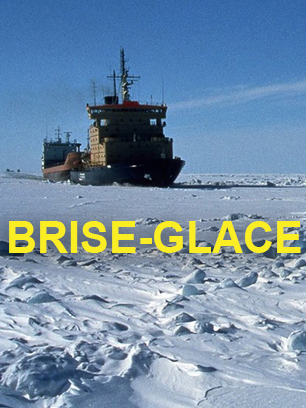
Jean Rouch
Jean Rouch was a French filmmaker and ethnologist, born on May 31, 1917 in Paris and died on February 18, 2004 in Niger. He is particularly known for his practice of direct cinema and for his ethnographic films on African peoples such as the Dogons and their customs. Considered the creator of ethnofiction, a sub-genre of docufiction, he is one of the theorists and founders of visual anthropology.
